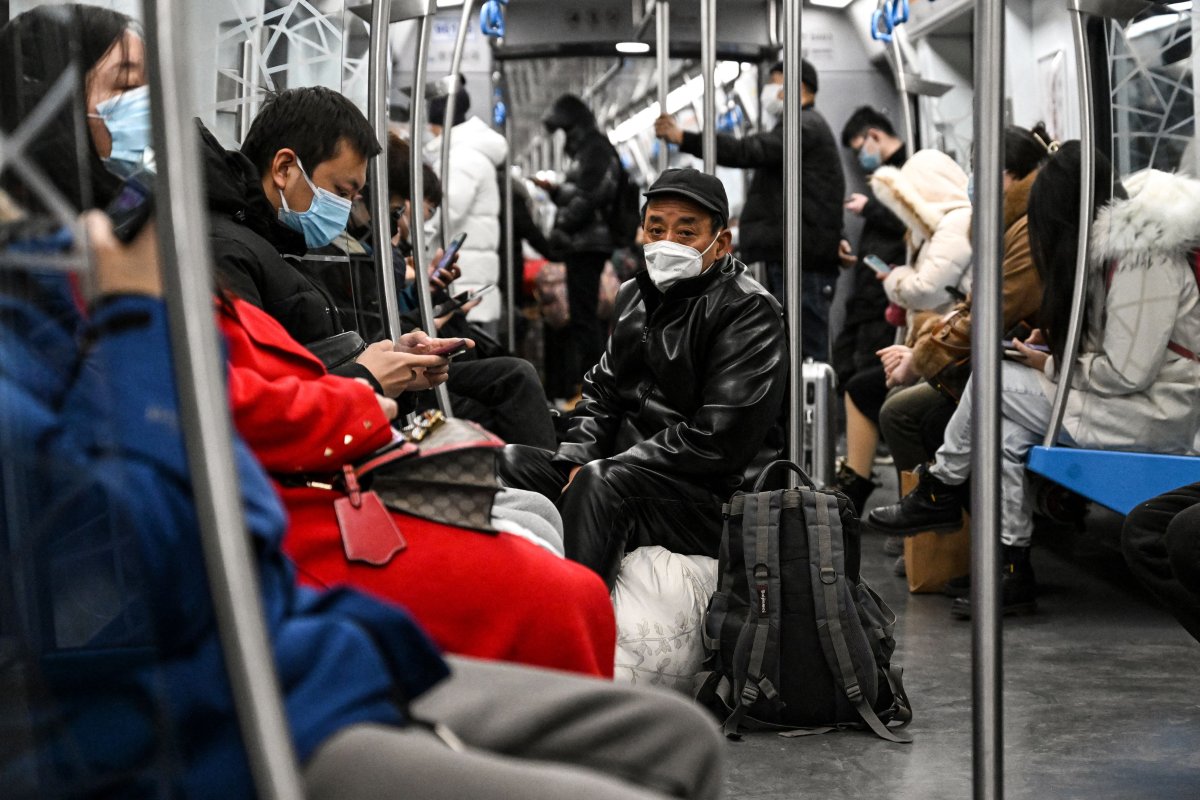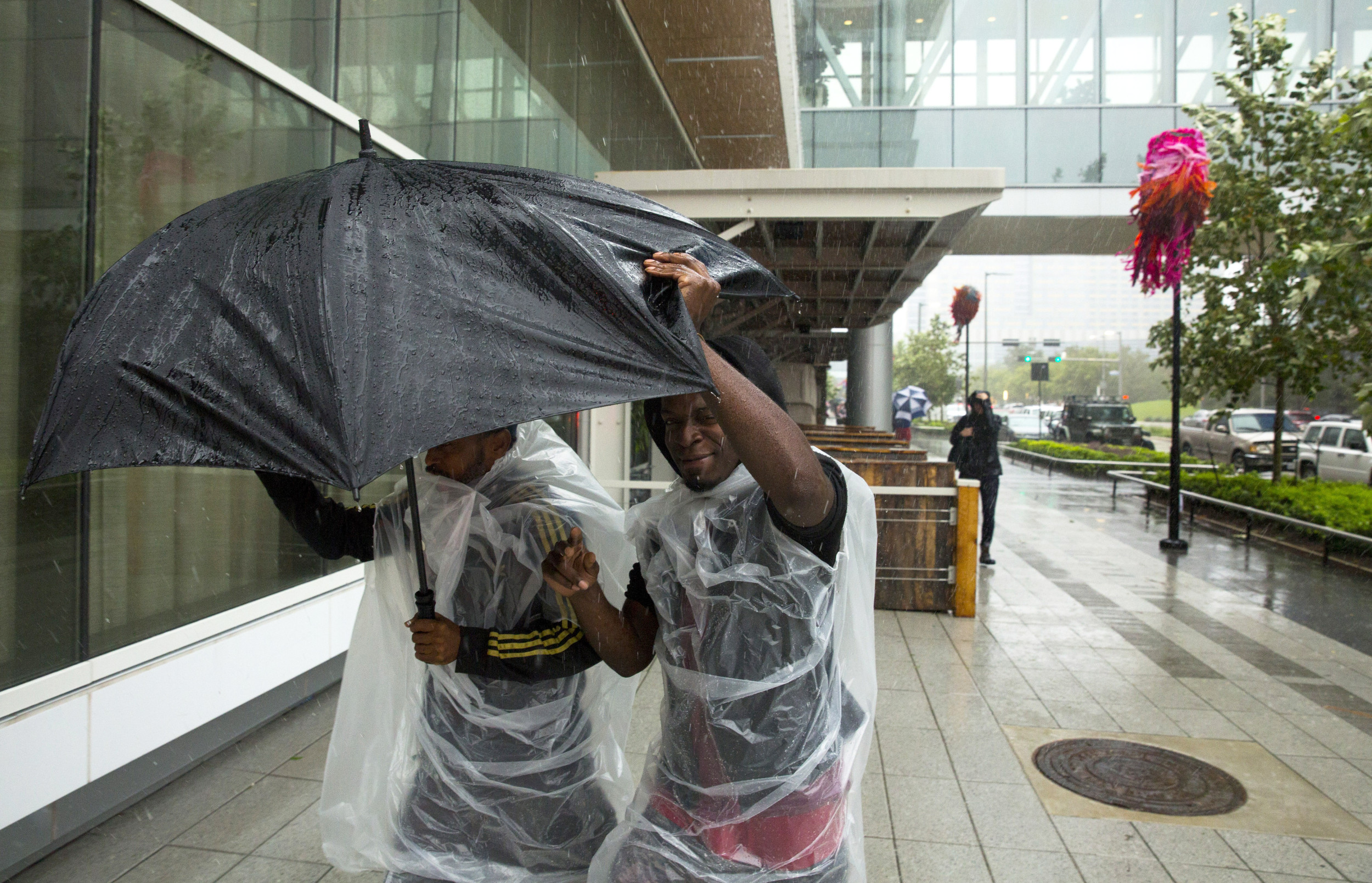A surge in undiagnosed pneumonia cases has been reported across northern China, including in the capital Beijing, raising concerns among global health experts about the country where COVID-19 was first identified.
Hospital staff have reported an influx of children, according to local media interviews with doctors and nurses. On Chinese social media websites, videos showed parents and their children overwhelming waiting rooms.
In late 2019, a mysterious pneumonia infection discovered in the central China city of Wuhan also alarmed the international medical community. Chinese authorities were accused of covering up and then downplaying the emergence of SARS-CoV-2, the coronavirus behind the pandemic that has killed nearly 7 million people worldwide, according to World Health Organization data.
In one account on social media, which Newsweek was unable to independently verify, a video claimed Tianjin Children's Hospital was being overwhelmed with an average of 13,000 patients per day.
天津,护士超负荷工作直接累晕
— 李老师不是你老师 (@whyyoutouzhele) November 22, 2023
据悉,目前天津的儿童医院日均接诊1.3万人 pic.twitter.com/uuseUFEVZT
According to ProMed, the alert system that brought the coronavirus outbreak to the world's attention in December 2019, numerous children have been admitted to hospitals with high fevers but without the typical pneumonia symptoms of cough or respiratory distress.
In Dalian, in China's northeastern province of Liaoning, children were receiving treatment in hospital lobbies due to the influx of cases, according to Taiwan-based FTV News on Tuesday. The report indicated that emergency rooms were overwhelmed and outpatient clinics no longer able to accommodate new patients.
This situation points to a significant strain on healthcare resources in the region—a major public health concern that has been unaddressed since the pandemic due to mounting government debt and staff shortages.
In another similarity to the early days of the COVID outbreak, concerns have been raised about potential efforts by the Chinese government to minimize the visibility of the latest outbreak, presumably in part to avoid public panic.
A Beijing resident quoted by FTV News said students were being instructed to request leave directly from their teachers and were discouraged from discussing their illness with fellow classmates.
Wide Outbreak
The geographical spread of the cases, with affected areas in Beijing and Liaoning over 400 miles apart, suggests a wider outbreak than initially perceived. ProMed said the sudden wave of illness among predominantly young patients could indicate exposure within the country's school system.
The English-language China Daily newspaper, a state media outlet, attributed the infections to mycoplasma pneumonia, according to a report on October 24.
This bacterial illness, often referred to as "walking pneumonia," is generally less severe than other forms of pneumonia and is characterized by symptoms such as cough, fever, fatigue and sore throat. However, the recent spike in cases appears to be more severe than usual.
"There is a steady number of patients developing severe cases, but there are very few critical cases, and there are no related deaths so far," Hua Shandong, a pediatrician at Seventh Medical Center of the Chinese PLA General Hospital in Beijing told China Daily.
The average hospitalization time was seven to 14 days, Hua said.
According to Zhou Huixia, director of the children's medical center at the same hospital, the wave of infections began to intensify around China's National Day holiday in early October, according to the China Daily report. The outbreak has seen higher rates of antibacterial resistance and mixed infections compared to previous years, it said.
China's top health authority, the National Health Commission, on November 13 attributed the rise in pneumonia clusters to the relaxation of COVID restrictions earlier in the year, which may have facilitated the spread of various respiratory illnesses.
The WHO, in response to these development on Wednesday requested more detailed epidemiological and clinical data from China, along with laboratory results from the affected clusters.
The WHO is also seeking information on local trends in the circulation of pathogens like influenza, COVID and mycoplasma pneumoniae, as well as the current burden on China's healthcare systems.

The U.N. health agency, which was previously criticized for placing too much faith in China's official health statistics, appears to be trying to get ahead of developments in order to understand the evolving health crisis.
The WHO and the Chinese Center for Disease Control and Prevention did not respond to Newsweek's separate requests for comment by publication.
After China loosened COVID restrictions nearly one year ago, the WHO has had only partial success in its requests to see more raw data from Chinese medical facilities. As a result, the country's precise case infection numbers and death toll—once considered relatively accurate because of tight monitoring—have become far less credible.
China has recorded nearly 100 million COVID cases but only 121,000 deaths. Rolling studies, which relied on open-source data and statistical modeling, suggest the country's death toll is at least 10 times that.
Uncommon Knowledge
Newsweek is committed to challenging conventional wisdom and finding connections in the search for common ground.
Newsweek is committed to challenging conventional wisdom and finding connections in the search for common ground.
About the writer
Micah McCartney is a reporter for Newsweek based in Taipei, Taiwan. He covers U.S.-China relations, East Asian and Southeast Asian ... Read more
To read how Newsweek uses AI as a newsroom tool, Click here.








